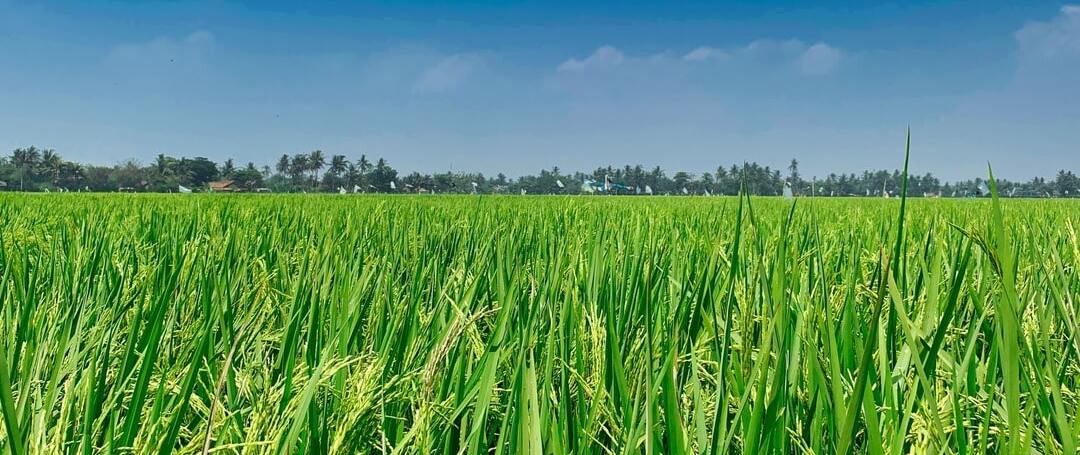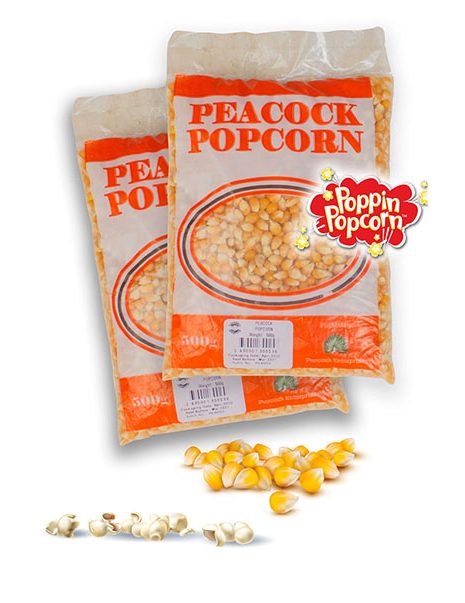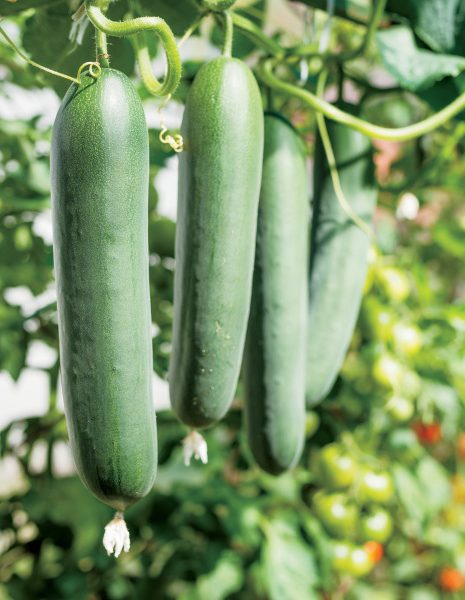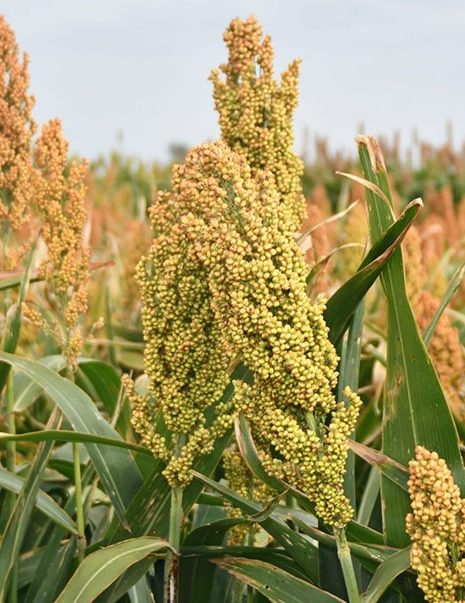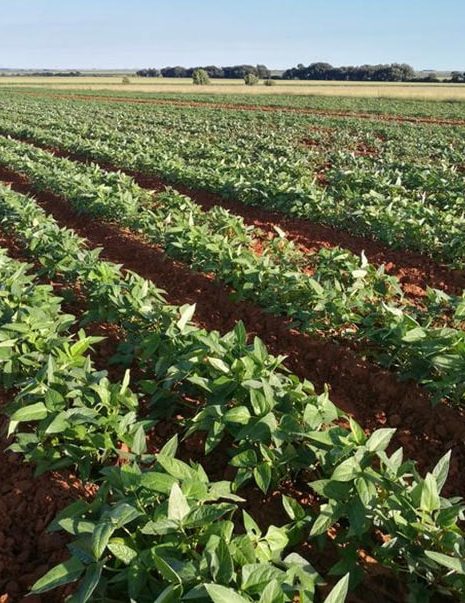Types of Rice
There are two main types of rice: long-grain and short-grain. Long-grain rice is typically used in dishes such as pilafs and risottos, while short-grain rice is used in dishes such as sushi and paella. Long-grain rice is typically more expensive than short-grain rice, but both types are widely available in most grocery stores.
Best Practices for Growing Rice
Rice is a relatively easy crop to grow, but there are some best practices that should be followed to ensure a successful harvest. First, it’s important to choose the right type of soil for your rice crop. Rice prefers well-drained, loamy soil with a pH between 6.0 and 7.5. It’s also important to choose the right variety of rice for your climate and soil type.
Once you’ve chosen the right type of soil and variety of rice, you’ll need to prepare the soil for planting. This includes tilling the soil to a depth of at least 8 inches and adding organic matter such as compost or manure to improve the soil’s fertility. After the soil is prepared, you can plant your rice seeds.
Once the rice plants have sprouted, you’ll need to water them regularly and keep the weeds under control. You may also need to apply fertilizer to ensure that your plants get the nutrients they need to grow. Finally, you’ll need to harvest your rice when it’s ready.

